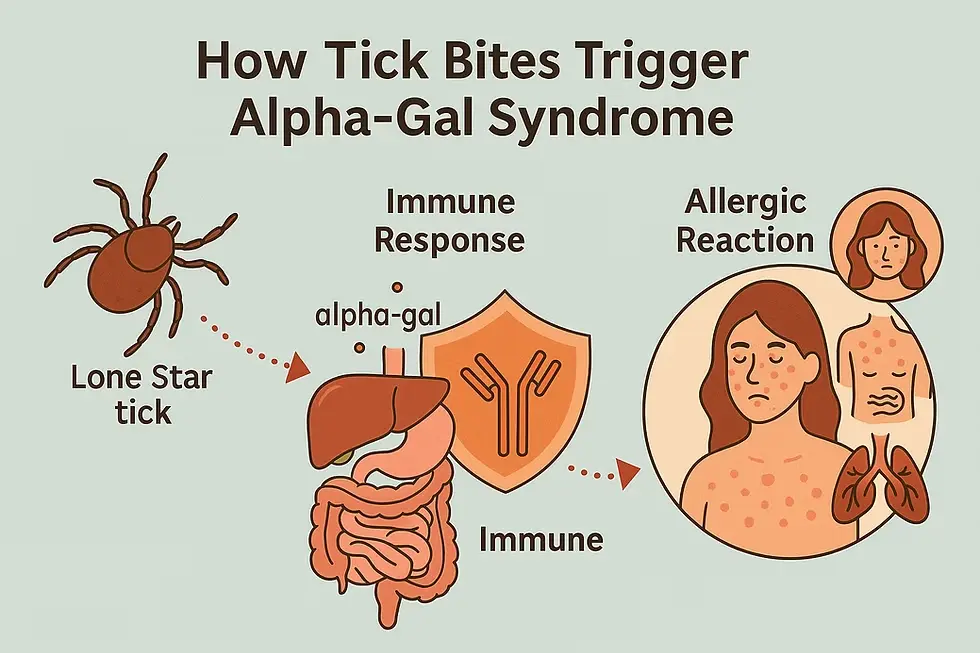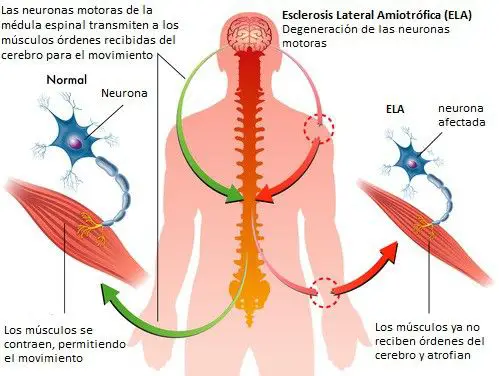Nickel allergy is a skin rash or irritation that occurs when you come into contact with nickel. This condition is a form of allergic contact dermatitis. Allergic contact dermatitis happens when your skin touches or comes near an ordinarily harmless substance. Nickel allergy is the most common type of contact dermatitis related to metal. The skin rash from nickel allergy may be …
Peanut Allergy
Peanut allergies happen when your body mistakes peanut protein for something harmful. Your immune system responds by causing an allergic reaction, which could include hives, vomiting and swelling. Peanut allergies are the most common food-related cause of anaphylaxis, which can lead to swelling in your airways or a severe drop in blood pressure. Call 911 (or your local emergency service number) or get to an …
Penicillin Allergy
A penicillin allergy occurs when your immune system reacts negatively to the antibiotic penicillin or an antibiotic in the penicillin family (beta-lactam antibiotics). Penicillin is a medicine that treats infections. When you take penicillin, the medicine destroys the outer wall of bacterial cells. This ultimately kills and removes a bacterial infection from your body. Just because you have a penicillin allergy today doesn’t …
Pet Allergy
If you notice you have allergy symptoms after being around pets, it’s a good idea to see your healthcare provider. They may refer you to an allergist. An allergist is a healthcare provider who specializes in allergies. They can help diagnose your pet allergies through specific tests. Before conducting pet allergy tests, they may ask you questions, including: Do you …
Shellfish Allergy
A shellfish allergy is a type of food allergy. Shellfish are animals that live in the water and have a shell-like exterior. There are two types of shellfish: Crustaceans: shrimp, crayfish, crab, lobster. Mollusks: clams, scallops, oysters, mussels. What fish is shellfish? If you have a shellfish allergy, don’t eat these ingredients and foods: Abalone. Clams (such as cherrystone, littleneck, pismo, quahog). Cockle. …
Wheat Allergy
A wheat allergy is one of the most common types of food allergies. Your immune system overreacts to wheat you’ve ingested (eaten or drunk) or inhaled (breathed in). For many people, ingesting wheat is harmless. However, if you have a wheat allergy, your immune system views wheat as a harmful “invader,” like a bacterium or virus. A wheat allergy can be deadly. If …
Hair Loss
Most healthy people lose up to 100 strands of hair per day. As part of your hair’s growth cycle, new strands grow and take the place of the ones you shed. When you start to shed more strands — and fewer or none grow back — the condition is considered alopecia (hair loss). There are several types of hair loss, and it …
Alpha-gal Syndrome
Alpha-gal syndrome is a type of food allergy that develops after a tick bite. In this condition, the immune system reacts to alpha-gal, a sugar molecule found in red meat and other products from mammals. Alpha-gal syndrome can be serious and may be life-threatening. In the United States, the condition most often begins after a bite from the lone star …
Amyotrophic Lateral Sclerosis (ALS)
Amyotrophic lateral sclerosis (ALS) is a progressive nervous system disease that affects nerve cells in the brain and spinal cord. These nerve cells, known as motor neurons, are responsible for controlling voluntary muscle movements such as walking, speaking, swallowing and breathing. As ALS progresses, it leads to a gradual loss of muscle control and strength. ALS is also commonly known …
Dry Socket
Dry socket (alveolar osteitis) can happen after tooth extraction. When your dentist or oral surgeon removes a tooth, a blood clot forms in the socket (a hole in the bone where your tooth was). Dry socket happens when that blood clot dislodges (moves) or doesn’t form at all. Without the clot, your bone and nerves become exposed, leading to pain and slower healing. How common is dry …

